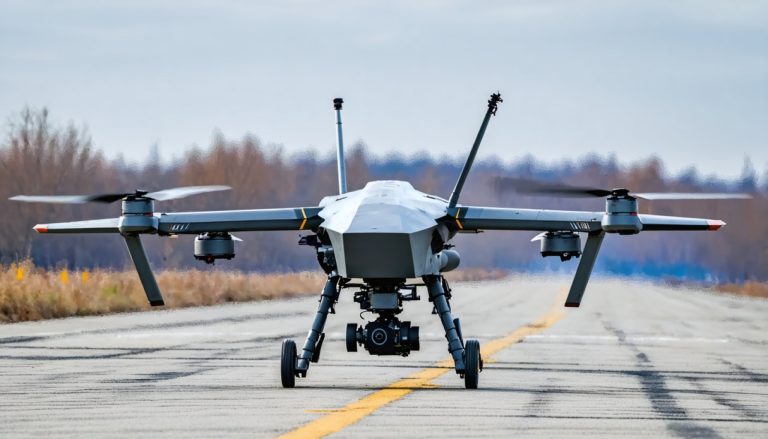
A temporary setback has hit the music streaming industry, causing major platforms to experience a slowdown in subscriber growth due to recent price rises without corresponding investments in their services. Despite this challenge, there is optimism that the industry will bounce back in the coming months.
Paid streaming services continue to offer consumers unlimited access to a vast library of music at an affordable monthly rate, making it an appealing option for music enthusiasts. It is believed that there is a potential for a resurgence in streaming growth within the next year, which is not yet factored into current assessments.
Universal Music Group remains a solid investment choice, with projected double-digit EBITDA growth by 2026 primarily fueled by consistent top-line growth and cost-saving strategies. The company’s valuation is supported by its extensive catalog, which is estimated to generate substantial free cash flow.
Despite recent fluctuations in market conditions and the downward adjustment of target prices, analysts still view Universal Music Group as a valuable asset with dependable revenue streams. With shares currently trading at €21.29, there is potential for investors to benefit from a favorable risk-reward scenario in this high-quality, resilient industry.
As the music streaming industry faces a temporary growth slowdown, several key questions and challenges come to light:
1. What are the factors contributing to the current slowdown in subscriber growth?
The recent price rises without corresponding investments in services have been a significant factor leading to the temporary slowdown in subscriber growth within the music streaming industry. Consumers may be reevaluating the value proposition of these platforms amidst the price increases, impacting the industry’s overall growth trajectory.
2. How can music streaming platforms navigate this period of slowdown and re-stimulate growth?
To overcome the current growth challenges, music streaming platforms may need to reevaluate their pricing strategies, invest in enhancing user experience, and explore new partnerships or offerings to attract and retain subscribers. Innovations in content curation, personalized recommendations, and exclusive artist collaborations could also help reignite growth in the industry.
3. Are there any controversies surrounding the recent price rises in the music streaming industry?
The decision to implement price increases without substantial improvements in service offerings has sparked debates among consumers and industry experts. Some argue that the value provided by these platforms may not align with the increased costs, potentially leading to higher churn rates and reduced consumer satisfaction.
Advantages and Disadvantages:
Advantages:
– Music streaming services offer convenient access to a vast library of music, allowing consumers to discover new artists and genres easily.
– Paid streaming subscriptions are often priced affordably, providing cost-effective entertainment for music enthusiasts.
– The industry’s digital nature allows for quick adaptation to changing market demands and consumer preferences.
Disadvantages:
– Price increases without noticeable service enhancements may lead to subscriber dissatisfaction and churn.
– Intense competition among music streaming platforms can result in commoditization of offerings and margin pressures.
– Copyright issues and fair compensation for artists remain contentious topics within the industry, impacting stakeholders at various levels.
To stay updated on the latest trends and developments in the music streaming industry, visit Billboard for comprehensive coverage and analysis of the music business landscape.






